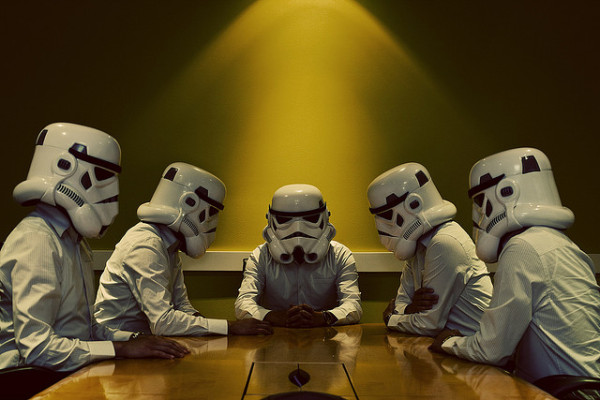
When it comes to meetings and making effective decisions, seven is the golden number. As the number of people in a meeting grows, the effectiveness begins to decline.
[contextly_sidebar id="rOwqdC1tUK0RhyBcER0JyX014ydG3cWA"]
In a study presented in Decide & Deliver: 5 Steps to Breakthrough Performance in Your Organization, the authors found that seven is the magic number of attendees when it comes to decision-making meetings. Any additional person at the meeting will result in a 10% effectiveness decline. And, anything involving 17 people or more will most likely result in no decision at all, says the book's authors Marcia W. Blenko, Michael C. Mankins, and Paul Rogers.
As Kate Purmal of The Vision Project points out, a meeting with less than seven people would lack in ideas and collaboration. When the number grows to eight or more, not everyone is able to share their ideas and it becomes hard for individuals to contribute to the decision-making process.
The key for the Rule of 7 to actually work is to ensure that each meeting attendee is an active participant. Each person needs to share their ideas and each needs to pose opinions on others' ideas to ensure a viable solution is found.
However, there will be times when more than seven people are invited to a meeting; this is simply unavoidable. To ensure the meeting is as effective as possible, Purmal suggests breaking people off into smaller groups.
"You can then re-assemble as a larger group to finalize the decision" she writes. "Or, you can parse out different issues to different teams, and have them work simultaneously to reach decisions. Then have the larger group to review and endorse each of the decisions made by the individual teams."






